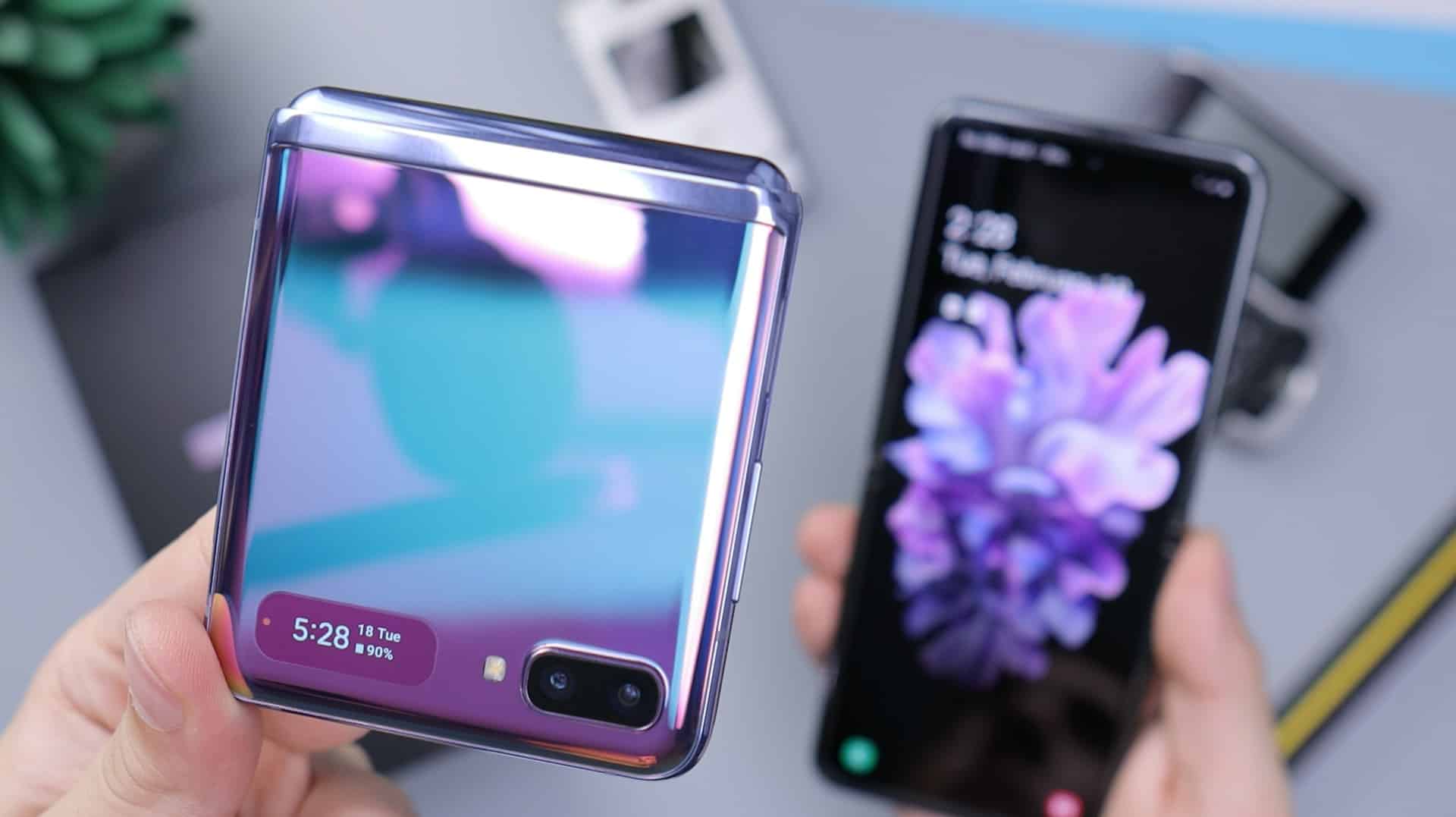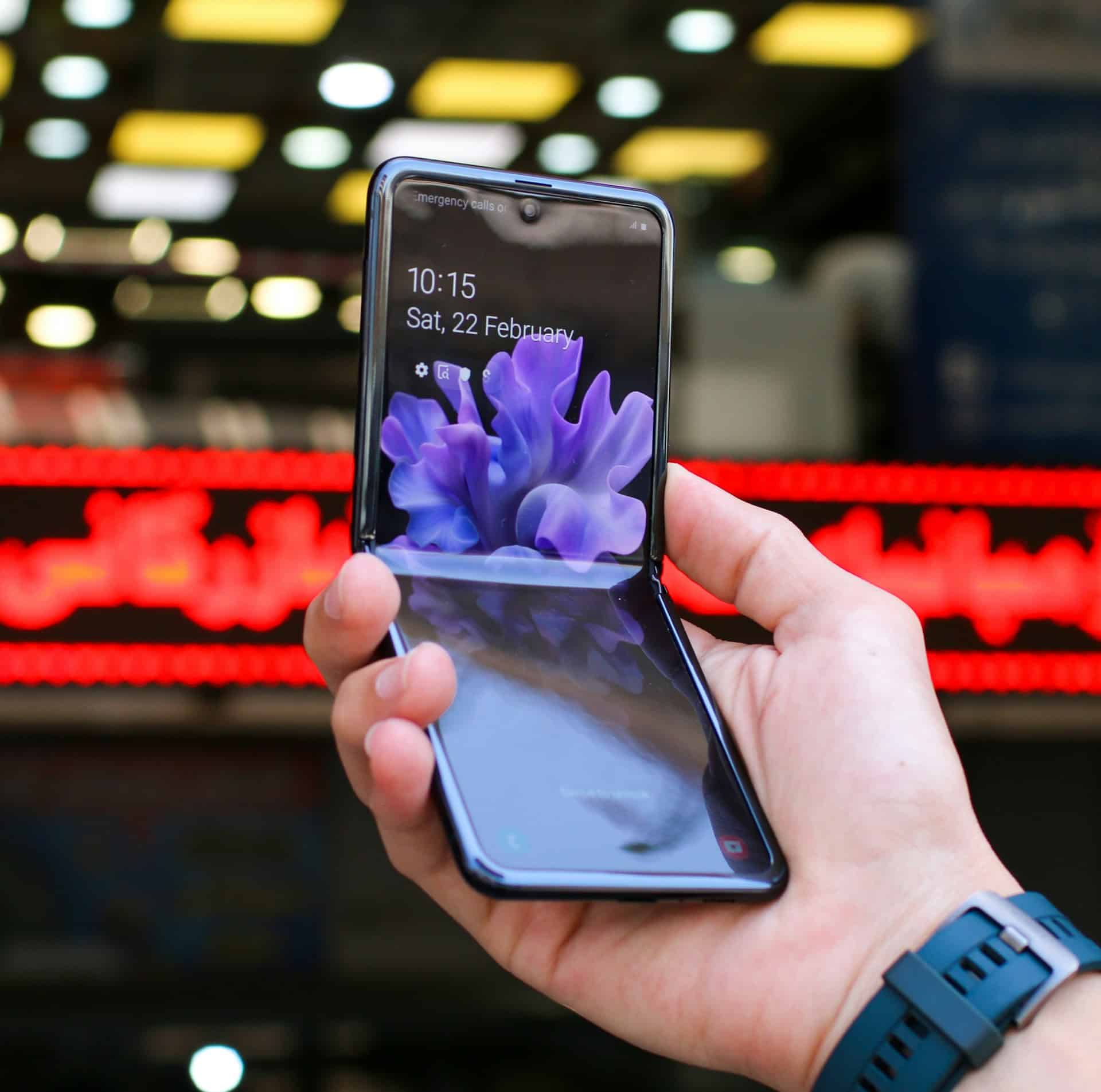By today’s standards, sleek smartphones and cutting-edge technology are the norm. However, a surprising trend has captured the attention of tech enthusiasts and nostalgia seekers: the revival of flip phones.
Once considered relics of the past, flip phones slowly return, blending retro charm with modern functionality. This resurgence is driven by various factors, from a desire for simplicity and digital detox to advancements in flip phone design and features.
This article explores the reasons behind the flip phone’s comeback and the impact it can have on the tech industry and consumers.
IMAGE: UNSPLASH
Nostalgia Reimagined
The appeal of flip phones lies in their nostalgic allure. For many, these devices evoke memories of a simpler time. Flipping open a phone to answer a call or send a text can feel like a refreshing departure from the always-on nature of modern devices.
Design plays a significant role in this nostalgia factor. Flip phones offer a tactile experience that’s lacking in most smartphones. The satisfying snap of closing a flip phone or the feeling of pressing physical buttons can be oddly satisfying, reminding users of a bygone era of mobile communication.
Digital Detox And Minimalism
In a world where digital distractions are abundant, flip phones represent a form of digital detox. Their limited functionality encourages users to focus on tasks like calling, texting, and basic web browsing. Flip phones promote a more mindful and minimalist approach to technology use by eliminating apps and features that promote constant connectivity.
This shift towards minimalism is not just a personal preference but also a growing trend among consumers seeking to simplify their lives and reduce screen time. Flip phones offer a way to stay connected without being overwhelmed by notifications, social media feeds, and many apps vying for attention.
Practical Benefits And Durability
Beyond nostalgia and minimalism, flip phones offer practical benefits that appeal to certain demographics. One of the most significant advantages is durability. The clamshell design protects the screen while closed, reducing the risk of scratches and cracks. This durability makes flip phones ideal for outdoor activities, travel, or environments where a rugged device is necessary.
Additionally, flip phones often boast impressive battery life compared to smartphones. With fewer power-hungry features and a focus on basic functionality, these devices can last for days on a single charge, making them reliable companions for extended use without having concerns about running out of battery power.
Modern Features Meet Retro Design
The convergence of modern features with retro design in flip phones is a fascinating trend that combines nostalgia with contemporary functionality. Here’s a closer look at how this fusion enhances the appeal of flip phones:
Enhanced Connectivity
Many modern flip phones have 4G or even 5G connectivity, enabling fast data speeds and reliable internet access. This feature allows users to remain connected, browse the web, and access online services seamlessly, bridging the gap between retro aesthetics and modern communication standards.
Additionally, flip phones often include Wi-Fi and Bluetooth capabilities, facilitating wireless internet access, file sharing, and connecting to other devices such as smart home gadgets, speakers, and headphones. This integration of wireless technologies adds convenience and versatility to flip phones.
Upgraded Cameras
Newer flip phone models feature upgraded cameras with higher resolutions, improved sensors, and advanced imaging capabilities. This feature lets users capture high-quality photos and videos, enhancing the multimedia experience without sacrificing the flip phone’s compact form.
Some flip phones also incorporate additional camera features such as autofocus, LED flash, panorama mode, and various shooting modes (e.g., portrait, night mode) to cater to users’ diverse photography needs and preferences.
Software Enhancements
Manufacturers often develop customized user interfaces for flip phones that blend retro design elements with modern aesthetics and usability. These interfaces may include intuitive navigation menus, customizable themes, and enhanced accessibility options.
While flip phones typically have a more limited app ecosystem than smartphones, manufacturers are expanding app support to include essential applications such as messaging apps, email clients, maps, and social media platforms. That allows users to access crucial services while maintaining the simplicity of a flip phone interface.
Display Innovations
Some flip phones feature foldable or flexible displays that combine the compactness of a clamshell design with the versatility of a larger screen when unfolded. This innovation provides users a larger viewing area for multimedia content, web browsing, and productivity tasks while preserving the flip phone’s portability.
Modern flip phones also incorporate touchscreen displays alongside physical keypads, allowing users to interact with the device using touch gestures and traditional button inputs. This hybrid approach combines the tactile feedback of physical buttons with the convenience of touchscreen navigation.
Battery And Performance
Modern flip phones often maintain excellent battery life despite incorporating advanced features. That ensures prolonged usage between charges, addressing one of the critical advantages of flip phones over smartphones.
Additionally, newer flip phones may feature upgraded processors, increased memory capacity, and smoother performance, enabling faster multitasking, app responsiveness, and overall user experience.
By integrating these modern features seamlessly into retro-inspired designs, manufacturers are redefining the flip phone category, appealing to a diverse audience that values nostalgia and technological innovation. This blend of old and new creates a unique user experience that combines the charm of vintage devices with the functionality and connectivity demands of the modern era.
Impact On The Tech Industry
The resurgence of flip phones has not gone unnoticed by the tech industry. Once focused solely on touchscreen devices, smartphone manufacturers are now exploring the flip phone market as a niche but lucrative segment. Companies like Samsung, Motorola, and Nokia have released new flip phone models with updated features and designs, catering to consumers looking for alternatives to traditional smartphones.
This shift has also inspired innovation in smartphone design, with foldable and dual-screen devices gaining traction. The success of flip phones demonstrates that there is still a demand for diverse form factors and user experiences in a market saturated with rectangular touchscreen devices.
Challenges And Limitations
Despite their appeal, flip phones face challenges and limitations in a smartphone-dominated world. Their smaller screens and limited app ecosystems may not suit everyone’s needs, especially those accustomed to the multitasking capabilities of modern smartphones.
Additionally, the learning curve for users transitioning from touchscreens to physical buttons and smaller interfaces can be a hurdle for some.
Furthermore, while flip phones excel in simplicity, they may lack the convenience and productivity features that have become standard in smartphones. Tasks like video streaming, mobile gaming, and advanced productivity apps are often better suited for larger screens and more powerful hardware.
The Future of Flip Phones
The resurgence of flip phones raises intriguing questions about the future of mobile technology. Will we see a continued evolution of flip phones with more advanced features and expanded app support? Or will they remain niche devices catering to a specific audience?
One possibility is integrating foldable technology into flip phones, creating compact and versatile devices. Improved software experiences tailored to the flip phone form factor could also enhance their appeal to a broader range of users.
Ultimately, the flip phone comeback represents more than a nostalgic trend—it reflects evolving consumer preferences and the ongoing quest for balance between technology and simplicity.
Whether you’re drawn to the retro charm, the practical benefits, or the desire to disconnect in a hyperconnected world, flip phones offer a compelling alternative in today’s tech landscape.
IMAGE: UNSPLASH
If you are interested in even more technology-related articles and information from us here at Bit Rebels, then we have a lot to choose from.


COMMENTS